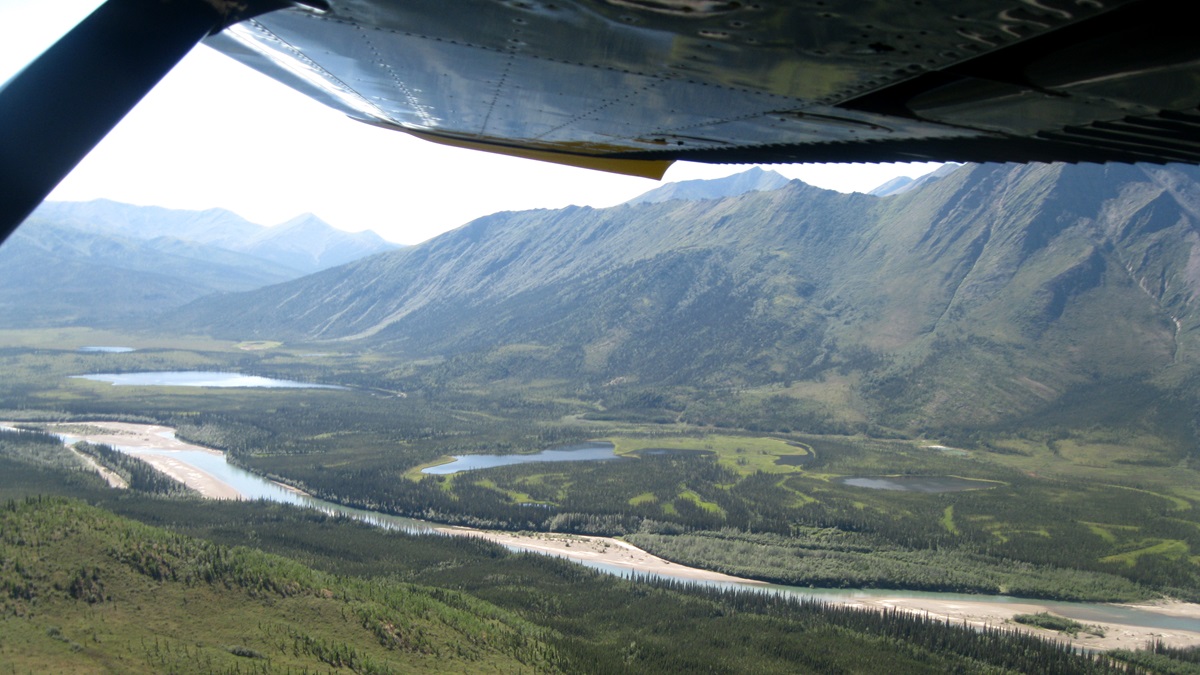Mountain pass elevations being added to Alaska charts
The elevations of about 50 mountain passes have been added to Alaska visual navigation charts as a working group led by AOPA moves forward on a project to enhance information critical to the safety of flight through mountainous regions.
The elevations appear on Alaska sectional chart editions that took effect October 7. The update is the product of a mountain passes working group created in connection with the FAA’s Aeronautical Charting Meeting, a twice-a-year public session dedicated to promoting safety and the usefulness of flight information.
“Local pilots know about and use this pass, but other pilots don’t—and this has resulted in several fatal accidents over the years,” he added, noting that some passes may remain uncharted because the FAA has not received data about them from the official source—the U.S. Geological Survey.
Other industry participants in the working group include the Alaska Airmen's Association, the Alaskan Aviation Safety Foundation, and the Alaska Air Carriers Association.
George urged pilots who fly in Alaska to be sure they are planning their flights with up-to-date charts to ensure they have the most complete information possible about terrain along their mountainous routes.
He also encouraged pilots in the state who are familiar with passes still in need of adding elevation data to email AOPA the locations for consideration in future updates. He also noted a recently accomplished revision with the renaming and repositioned charting of the former Ptarmigan Pass as Houston Pass.
Although the reason for pass-elevation figures not appearing until recently on Alaska’s VFR charts is uncertain, George ventured that it may have been because of a lack of accurate topographic data—a detail that has now been corrected.
“In any case, the FAA didn’t start adding that data until this working group got underway,” he said.
Jim McClay, AOPA director of airspace, air traffic, and security, added that as the project continues, the process of enhancing information about major mountain passes is expected to expand to mountainous parts of other states.



